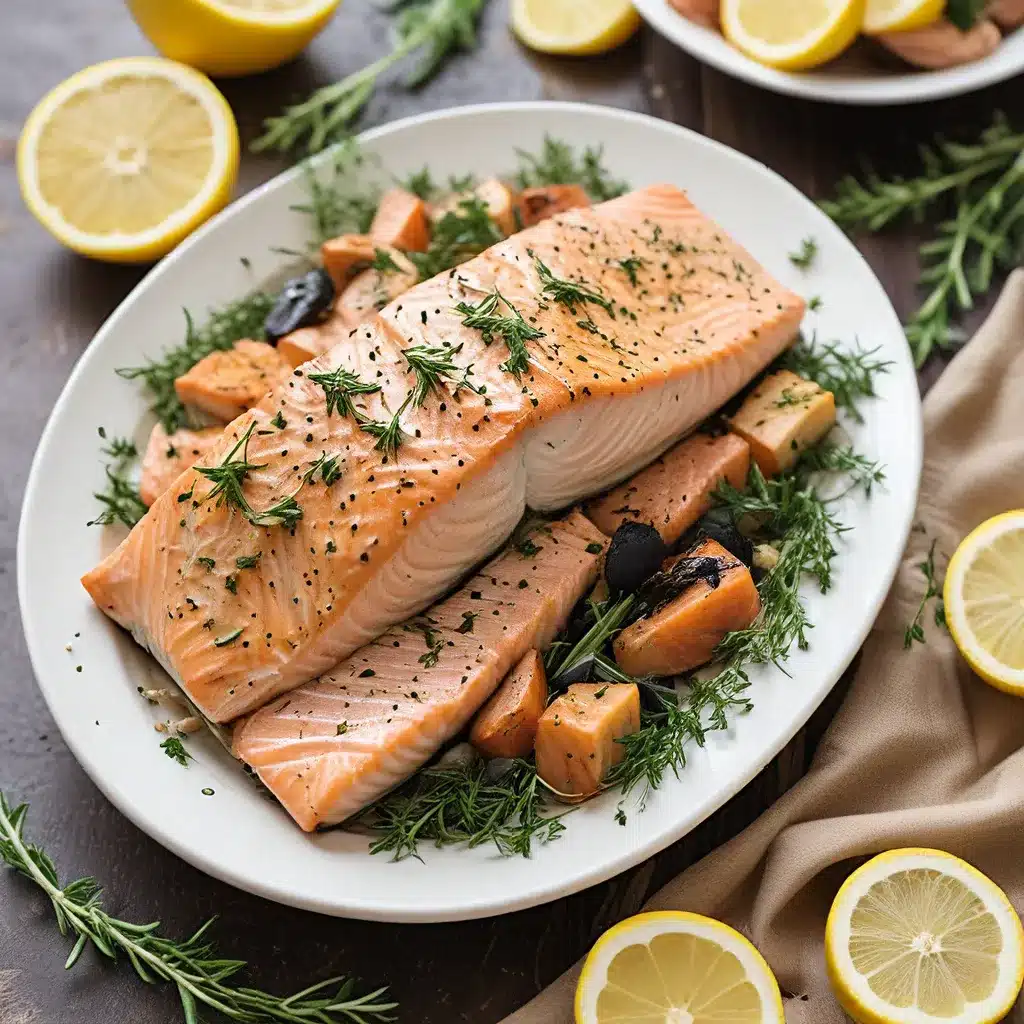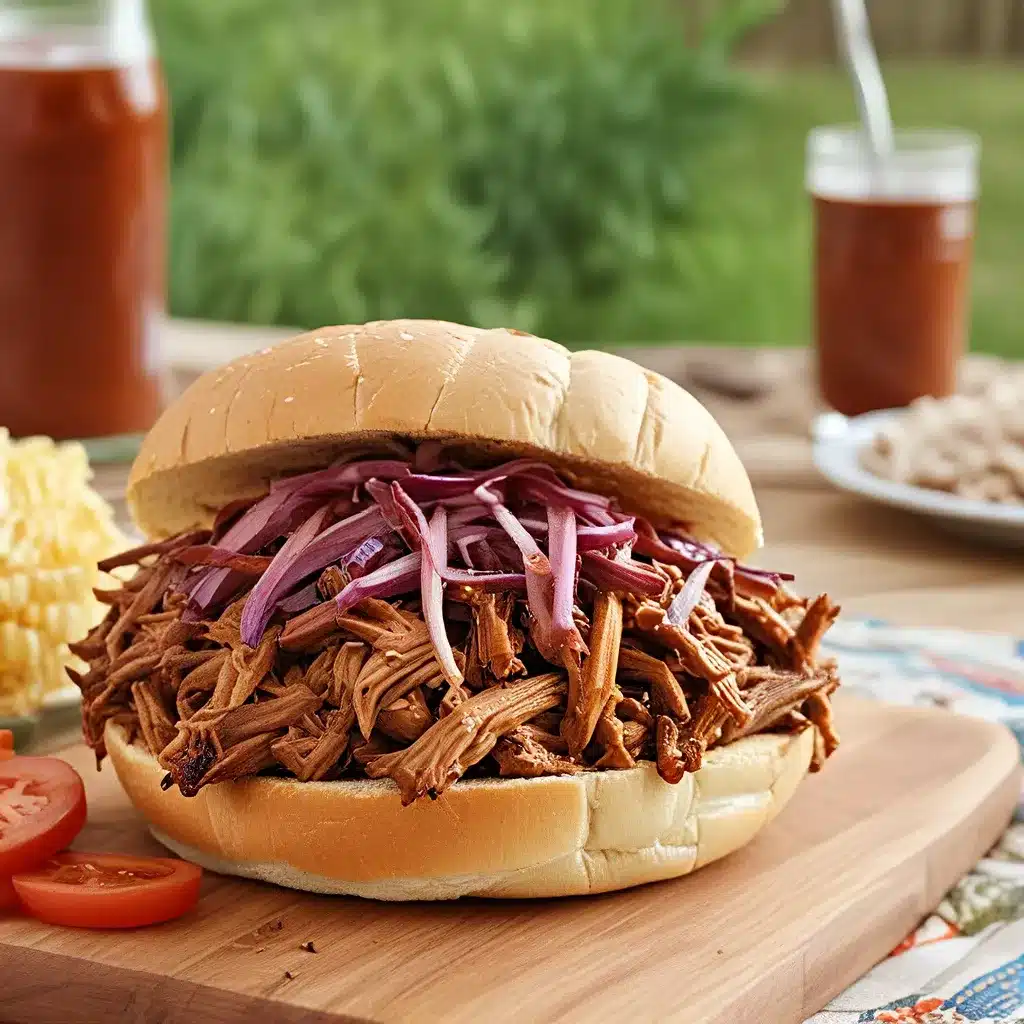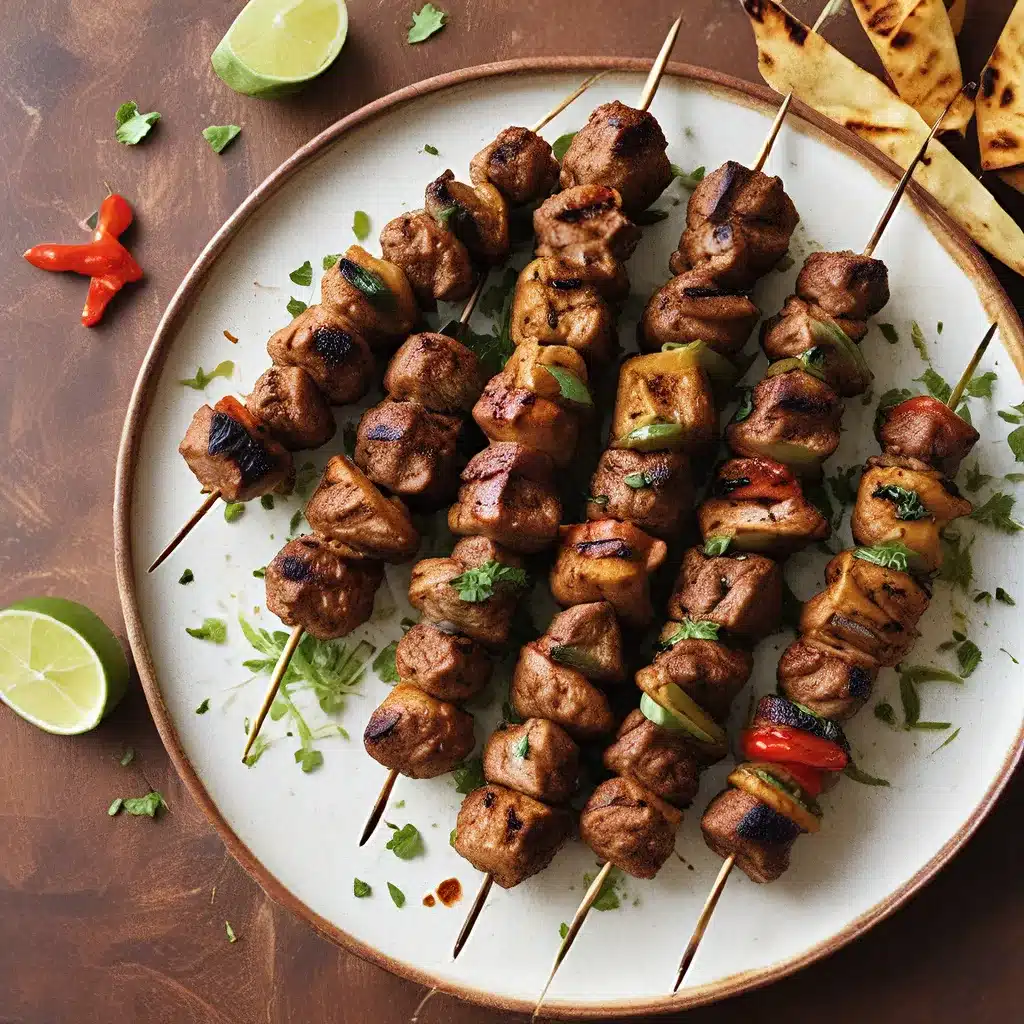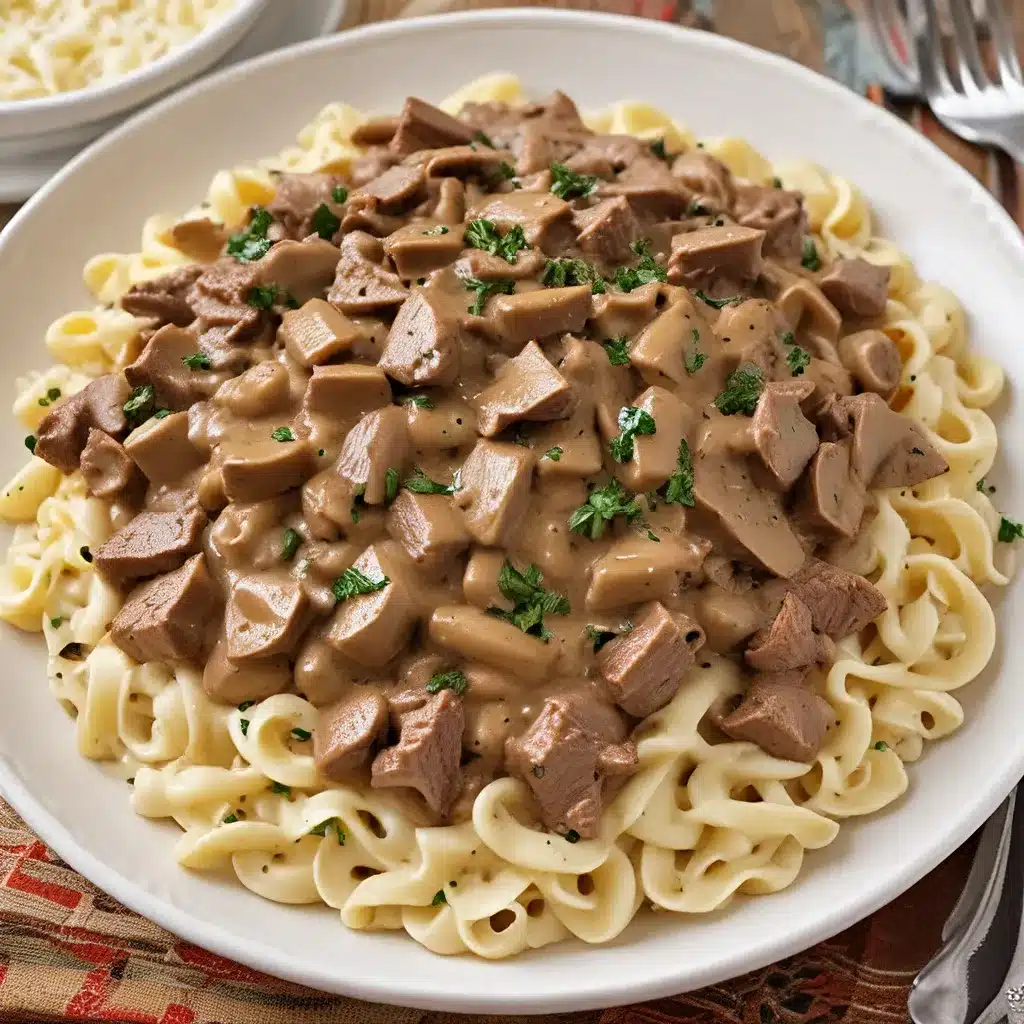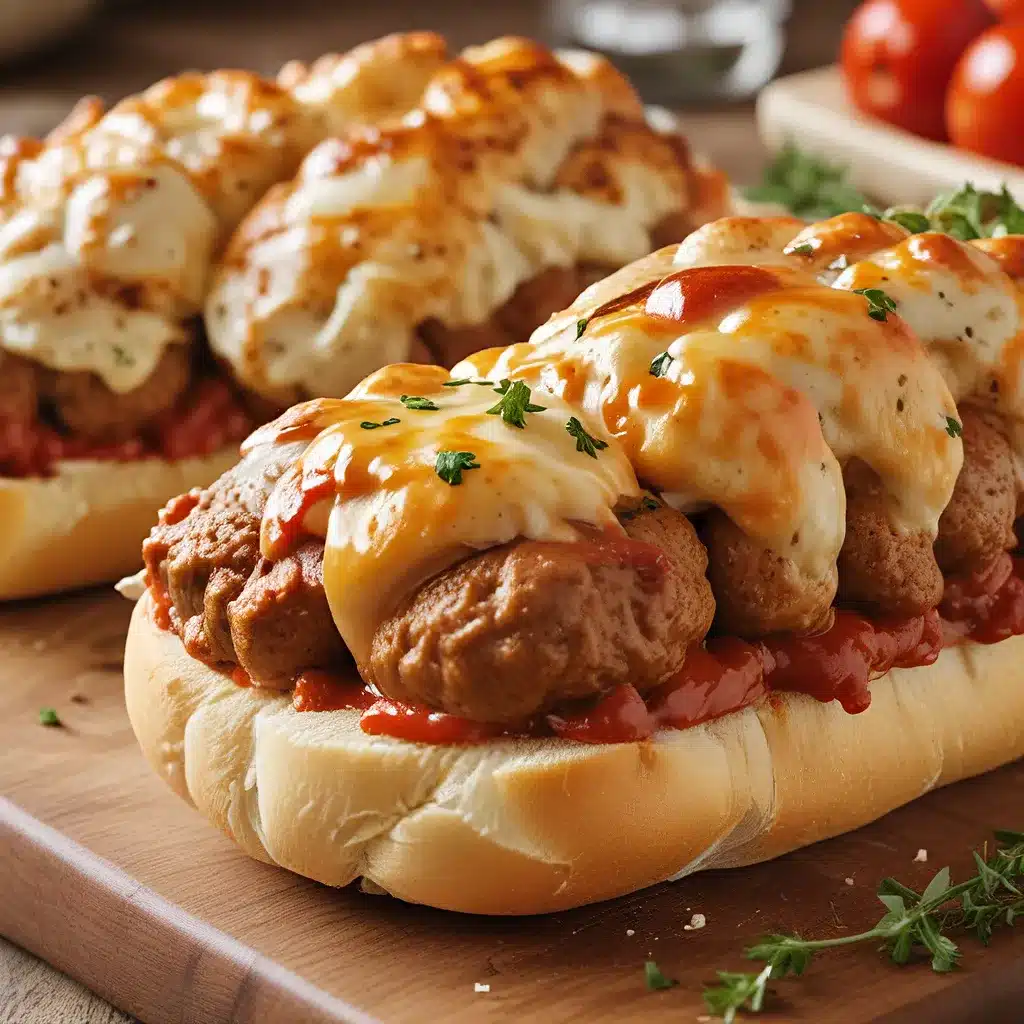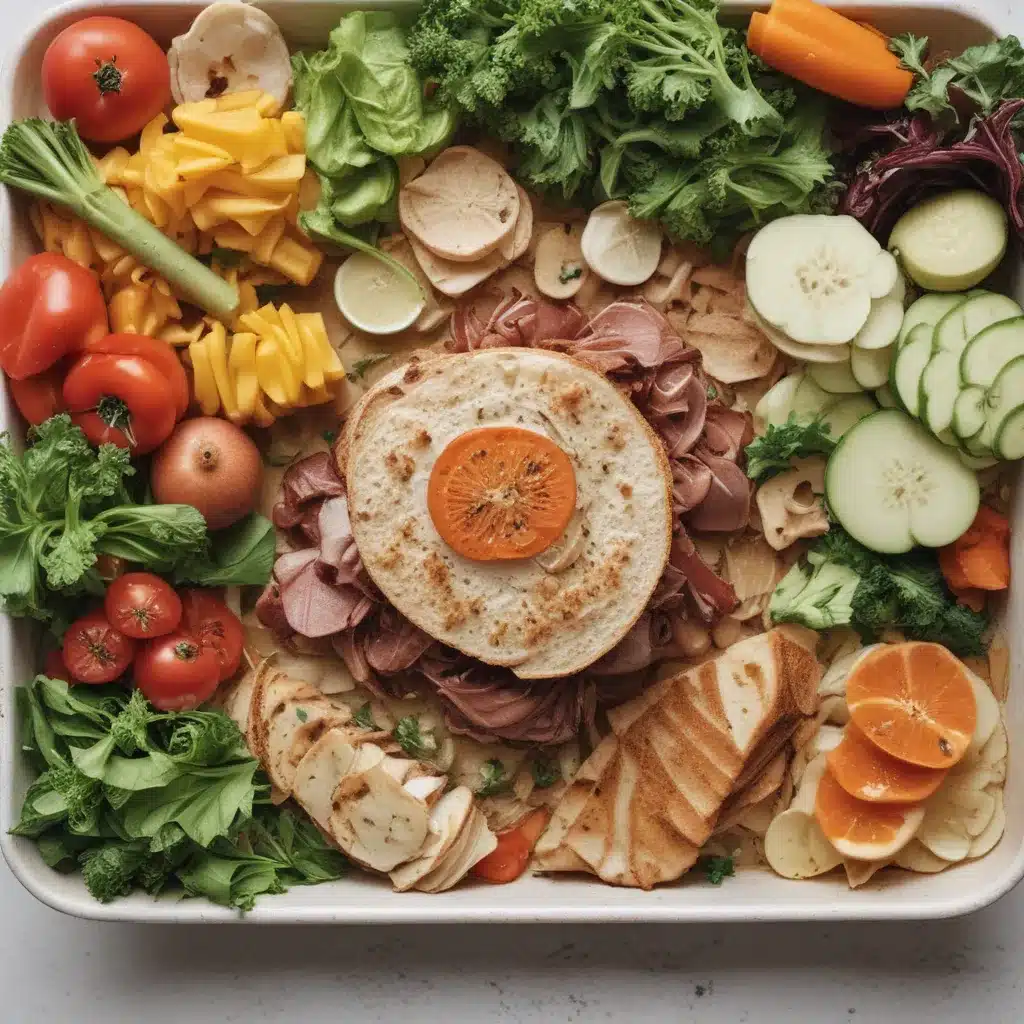
Upcycling Your Uneaten Eats
Have you ever found yourself staring into the abyss of your refrigerator, wondering what on earth you’re going to do with those random bits and bobs taking up precious real estate? Well, my friends, you’re not alone. According to a survey from Glad, nearly half of all Americans have discovered a forgotten item in their fridge in the past month. It’s a problem as old as time – or at least as old as the modern kitchen.
But fear not! I’m here to share some of my favorite creative ways to breathe new life into those leftovers and food scraps. Because let’s be real, wasting food is not only hard on your wallet, but it’s also a major strain on the environment. In fact, the National Resources Defense Council estimates that up to 40% of all food grown, processed, and transported in the U.S. will never even be eaten. That’s a whole lot of wasted resources, not to mention the impact on food insecurity – with about one in six Americans facing hunger, according to Feeding America.
So, let’s get to it, shall we? I’ve got some tricks up my sleeve to help you stretch your ingredients and reduce your food waste. Get ready to embrace your inner MacGyver and transform those remnants into culinary masterpieces.
From Trash to Treasure: Turning Leftovers into New Dishes
Salad Sensation
One of my go-to moves for using up leftovers is to incorporate them into big, beautiful salads. Whether it’s taco night leftovers, stray veggies from the crisper, or that last slice of pizza, salads are the perfect canvas to breathe new life into your eats.
For a Taco Salad, simply chop up any leftover chicken, beef, or veggies from your fajita or taco feast, and toss them with some crushed tortilla chips, salsa, cheese, and a zesty lime-based dressing. It’s a fiesta for your taste buds!
If you’ve got some extra pizza toppings kicking around, try a Pizza Salad. Slice up that pepperoni, salami, and olives, and scatter them over your greens, along with any leftover veggies and a drizzle of Italian dressing. Don’t forget to use up any stale bread by turning it into homemade croutons!
And for a Greek-inspired twist, combine shredded chicken or chickpeas with cucumbers, tomatoes, onions, and a dollop of hummus. Crumbled feta and a splash of lemon juice are the perfect finishing touches.
Frittata Flair
Another brilliant way to use up odds and ends is to whip up a frittata. This Italian-style baked egg dish is endlessly customizable and the perfect canvas for your leftover cooked veggies, meats, and even pasta.
Simply sauté whatever bits and bobs you have on hand – think roasted Brussels sprouts, grilled chicken, or that lonely half-can of black beans. Then, whisk some eggs, pour them over the fillings, and bake until puffed and golden. Top it off with a sprinkling of cheese, and voila – a delicious and diverse breakfast, lunch, or dinner.
Souper Savings
When all else fails, turn to soup! Those leftover roasted veggies, sautéed greens, or even that lonely cooked chicken breast can be the foundation for a nourishing and wallet-friendly soup.
Start by pureeing your veggies in a blender with some broth (homemade if you’re feeling ambitious, or store-bought if you’re in a pinch). Season it up with herbs, spices, and a splash of acid like lemon or vinegar. Then, add any other odds and ends – cooked grains, beans, shredded meat, or even leftover pasta. The possibilities are endless, and you’ll have a delicious, customized soup in no time.
Scraps to Stock: Turning Food Waste into Liquid Gold
Speaking of broth, did you know you can make your own magical elixir from all those vegetable scraps you’d normally toss? I’m talking carrot tops, onion peels, herb stems – the whole nine yards.
According to the Zero Waste Chef, all you have to do is keep a bag in your freezer and add those scraps as you accumulate them. When the bag is full, simply simmer the contents in water for a couple of hours, strain, and voila – you’ve got a rich, flavorful vegetable broth, ready to elevate soups, grains, sauces, and beyond.
Not only is this a great way to reduce food waste, but it also saves you from having to buy those pricey cartons of broth from the store. Win-win! And the best part is, you can customize your broth with your favorite veggie scraps and herbs. Carrot tops and fennel fronds for a sweet, earthy base. Tomato cores and mushroom stems for an umami-packed punch. The options are endless.
Once you’ve got your homemade broth, the possibilities are endless. As the University of Georgia Health Center suggests, you can use it to cook grains, make sauces and gravies, or even revive leftover stir-fries and pasta dishes. It’s the ultimate culinary chameleon, elevating any dish with its rich, flavorful essence.
So next time you’re about to toss those veggie trimmings, think again! With a little creativity and a freezer-bound bag, you can transform your scraps into liquid gold.
Breadcrumb Brilliance and Beyond
Of course, it’s not just veggies that can be repurposed – bread and other baked goods deserve some love too. After all, who hasn’t encountered that loaf of artisanal sourdough that’s gone a little stale?
Fear not, my friends. As the folks at I Value Food suggest, you can breathe new life into that stale bread by tearing it into chunks, tossing it with olive oil and seasonings, and baking it up into delectable homemade croutons. These crunchy little nuggets are the perfect topping for salads, soups, and even casseroles.
And speaking of casseroles, that leftover bread also makes a killer stuffing or dressing. Sauté some onions and celery, toss in your cubed bread, season it up, and bake it to crispy, savory perfection. It’s a great way to use up odds and ends, and it pairs beautifully with roasted meats or as a standalone vegetarian dish.
But bread isn’t the only baked good that deserves a second chance. Those extra tortillas, pitas, or even pizza dough can be transformed into all sorts of tasty treats. Roll them up with leftover fillings for quick burritos or quesadillas. Or stretch that pizza dough into breadsticks or garlic knots to accompany your next pasta night.
The key is to get creative and think beyond the obvious. After all, at Home Cooking Rocks, we believe in making the most of every ingredient. So the next time you’re staring down a sad, stale loaf, don’t despair – just get your MacGyver on and get to work!
Waste Not, Want Not: The Environmental and Financial Benefits of Reducing Food Waste
Now, I know what you might be thinking – all this upcycling and repurposing sounds like a lot of work. But trust me, it’s worth it. Not only will it save you money in the long run, but it’s also a great way to do your part for the planet.
As I mentioned earlier, the Environmental Protection Agency estimates that food waste accounts for more than any other material in our everyday trash. And when that food ends up in landfills, it rots and releases methane, a potent greenhouse gas. By getting creative with your leftovers and scraps, you’re not only reducing what ends up in the trash, but you’re also helping to mitigate your carbon footprint.
Plus, think about all the resources that go into producing, processing, and transporting the food we buy – the land, water, energy, and labor. When we waste food, we’re essentially squandering all of those valuable inputs. Reducing food waste is an easy, practical way to be a more mindful, sustainable consumer.
And let’s not forget the financial benefits. According to the Quora community, planning ahead and using up leftovers can be a real money-saver. Things like cooking extra rice or vegetables, freezing portions of homemade meals, and repurposing scraps into broth or new dishes can all add up to significant savings over time.
So, the next time you find yourself staring down a fridge full of odds and ends, don’t despair – embrace the challenge! With a little creativity and a willingness to experiment, you can transform those leftovers and scraps into delicious, nutritious, and eco-friendly meals. After all, at the end of the day, we’re all in this together, doing our part to reduce waste, save money, and nourish ourselves and our planet.

